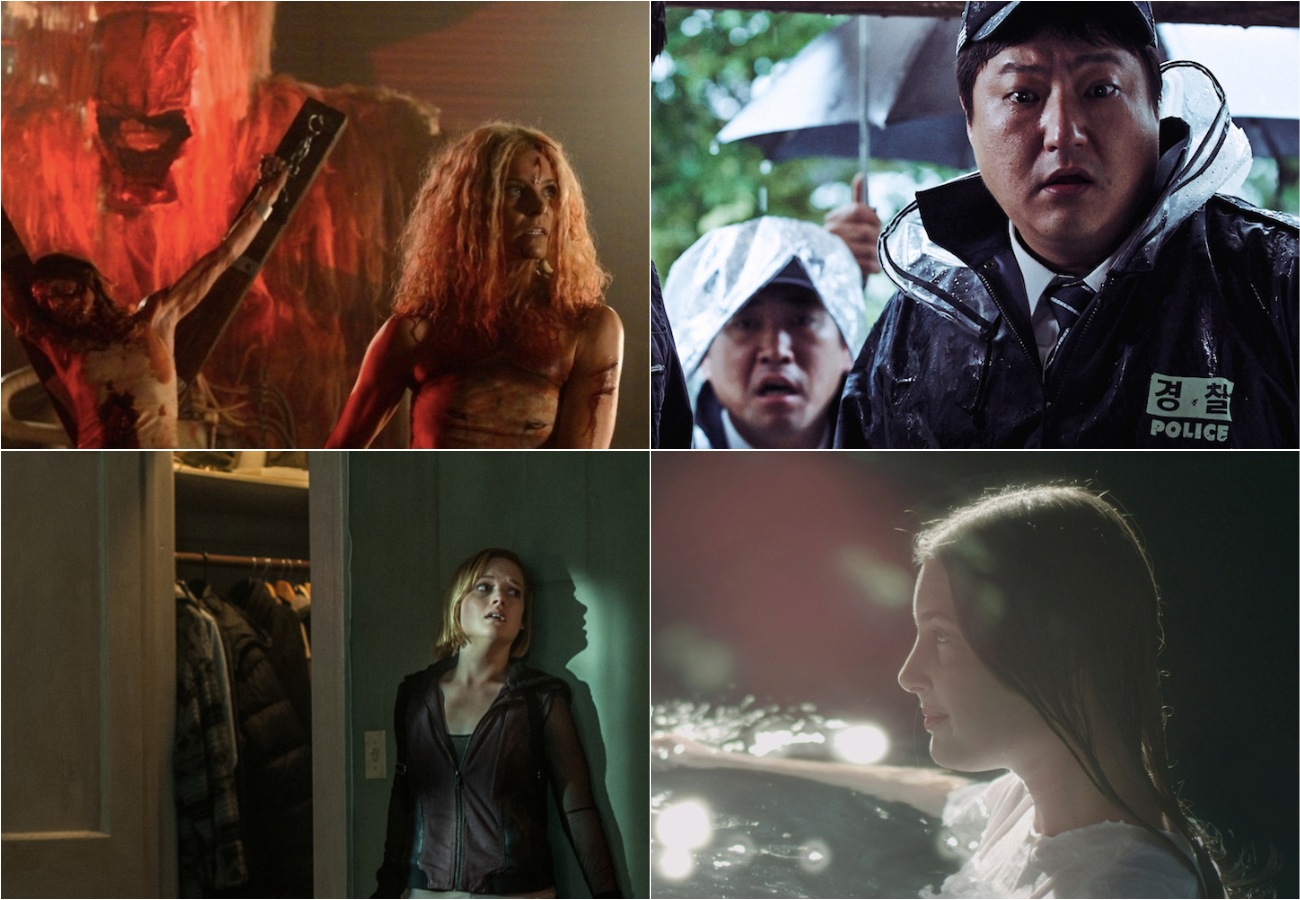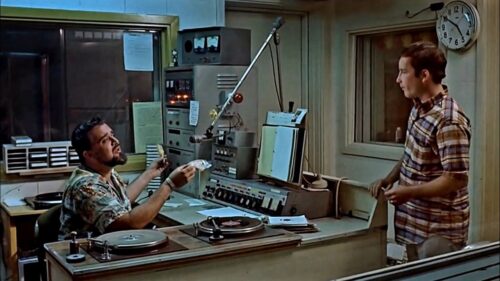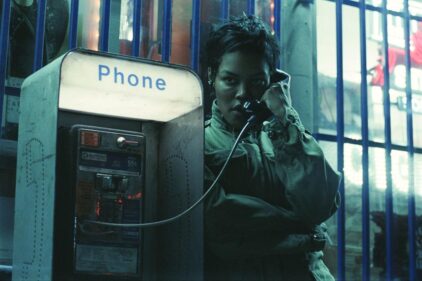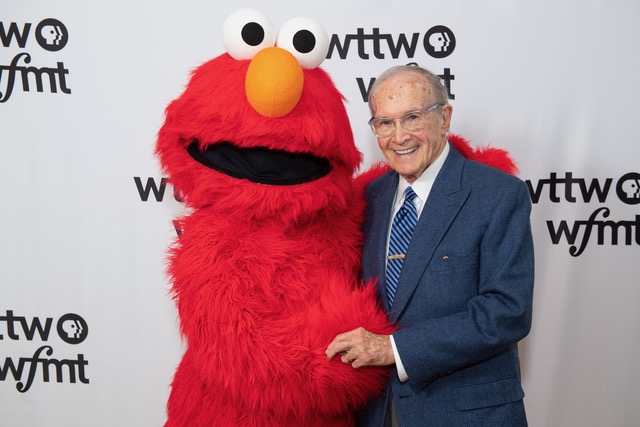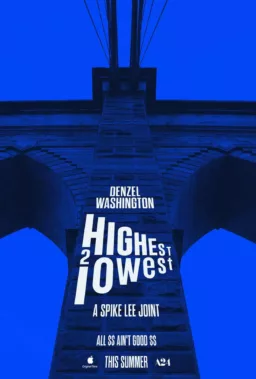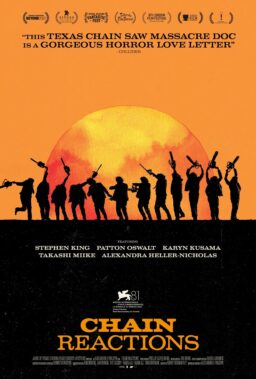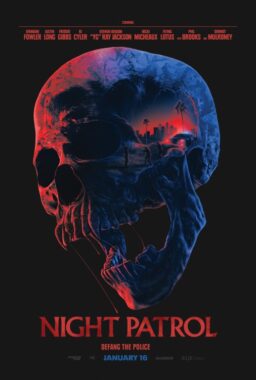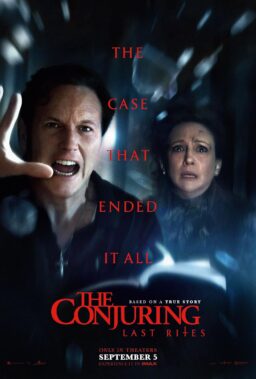2016 has been a very good year for horror movies.
While many of the best genre titles never came out in multiplexes, there have been a couple of terrific “general audience” horror films.
The best of the mainstream horror crop, “Don't Breathe” is a grisly home invasion thriller that presents a blind man (Stephen Lang) fending off a trio of 20-something thieves like a Universal monster defending his crypt. Fede Alvarez’s latest film delivers on the promise he showed during the ickier moments of his unnecessary but effectively upsetting “Evil Dead” remake.
Compare that to the “Blair Witch” sequel that arrived at the same time. “Blair Witch” not only earned predominantly lousy reviews, but also a mediocre box office return. As of this writing, “Blair Witch” has earned $20.5 million while “Don’t Breathe” has grossed $88 million. The ship has sailed for found-footage horror films, and the tide is pulling us back to horror that uses violence realistically and disturbingly. The financial success of “Don’t Breathe” could lead to a new wave of brutal violence in horror films, and it’ll happen sooner than you think.
The most original horror films of the year were likely not screened at theaters near you, and often came from other countries. You didn’t need to look very hard for a cause celebre or two, like “The Witch,” that rare genre movie that not only does well financially, but earns overwhelming critical praise. But horror nuts have otherwise had to dig into the catalogs of companies like IFC Midnight, Drafthouse Films, Magnolia Entertainment, and other independent film companies that occasionally release horror films. How else would you know to look for South Korean horror flick “Train to Busan” or Polish exorcism/possession flick “Demon“? There are a lot of great horror movies out there, but so few of them are getting the opportunities they deserve since distribution companies are afraid of alienating some mythological general audience of horror fans.
To be fair, indie and foreign language horror films are a tough sell in a marketplace that treats smaller movies that doesn’t know what to do with films without built-in, easily-exploitable stars or established track records. Distributors don’t want to take a chance on smaller movies, not even high-concept ones, because they’re not necessarily sure-fire moneymakers. It’s a crap shoot: some foreign titles get simultaneous Video On Demand and theatrical releases, but many don’t. Some foreign films barely get theatrical releases, let alone publicized to media outlets that can help get the word out (cough). This last point stinks. It’s hard enough for a film critic to track down the right publicist for some foreign titles: imagine what it’s like for viewers looking for something new on a Friday night.
Fans of adventurous, original horror films ultimately have to vote with their wallets. To help readers make their choices, here are horror films that the staff of RogerEbert.com gave three or more stars this year, with a quote from the review:

“31”
[Director Rob Zombie’s] characteristically infectious personality and abrasive style of filmmaking gives “31” an unusual urgency that pulls together otherwise familiar elements and makes them cohere into a dire polemic. Granted, Trump and Clinton supporters can just as easily see their respective opponents as the piece’s real villains: some of the evil clowns identify themselves as Nazis and/or misogynists, and the aristocrats pulling their strings represent an established hierarchy of jaded kings and king-makers. But there’s a hard, albeit idiosyncratically expressed, political core to the film that makes it a perfect election season horror film that forces a complaisant community of outsiders to fight for their lives.—Simon Abrams
The main pleasure of watching “Antibirth” comes from questioning your own sanity as you watch it. How can a movie be so ugly yet so tantalizing? It’s very easy to be turned off by Perez’s feature debut, but if you can get on its wavelength, you’ll find yourself drawn in by one of the year’s most original horror films.—Simon Abrams
“Baskin”
The breakout feature debut of director Can Evrenol, “Baskin” is a perfectly imbalanced mix of chilly atmosphere, heavy-handed symbolism, and familiar horror-movie tropes. The film’s savage violence and wisp-thin Big Ideas may alienate you, but only to remind you that you’re watching a film, especially during its grimy finale. “Baskin” does what many horror films try and fail to do: it makes you feel like you’re a passive prisoner/spectator, watching as an especially vivid nightmare unfolds.—Simon Abrams

[Director James Wan] and his team have an incredible ability to produce fear with camera tricks and forced perspective. They’ll start with a shot of a room, zoom in on a face, and then quick-zoom out to reveal something crucial has changed. They avoid traditional, jump-scare edits, knowing that it’s much scarier to stay in one shot as the normal world becomes terrifying around and in it. And they love playing supernatural POV (that floating camera above the action in the house) and with what they allow us to see. There’s a fantastic scene in which Janet may or may not be possessed by Bill in the background but Wan and [cinematographer Don Burgess] stay tight on Ed Warren’s face, allowing our imaginations to work on what’s going on behind him.—Brian Tallerico
“Creepy”
While more of a procedural than his previous horror classics, one can sense the hand of a genre master on every frame of “Creepy.” Just look at his camera placement, how he delicately moves around a corner in Takakura’s new neighborhood, as if we’re exploring it with these new residents, uncertain of what goes on behind closed doors.—Brian Tallerico
“Demon”
While many contemporary horror films use jump scares and gore to shock viewers out of complacency, “Demon” makes horror touchstones, like a disembodied child’s hand emerging from under the bed, seem relatively normal. Or, put another way: the horrors of “Demon” are disturbing because you can see how ordinary they might seem to anyone who isn’t paying enough attention.—Simon Abrams

At the heart of the film, as young people who made a very bad decision try to survive long enough to get out of a house that has turned into a fortress, “Don’t Breathe” is tense and even relatable. There are millions of young people, especially in Detroit, trying to escape their bad decisions. “Don’t Breathe” becomes a battle of wills between two people who have done very bad things but justified their actions to themselves. The talented Jane Levy and Stephen Lang allow us to understand their characters’ polarizing choices, and place us right there in the house—with the petty criminal and the man with the dark secret, holding our breath.—Brian Tallerico
The script—written by Kusama’s husband, Phil Hay, and Matt Manfredi—divides the story’s action equally between the genders. While there is a bit of a “Big Chill” feel—grief and loss of a loved one is the film’s emotional engine—“The Invitation” is primarily an intimate, highly effective chiller in a confined space with an armrest-grabber of a payoff.—Susan Wloszczyna
Some clever thought was put into tying this film to its predecessor, from the familiar house, to the graphic use of medical stitches, to the way [director Mike Flanagan] shoots Lina’s last appearance onscreen. And unlike the “Transformers” series, “Ouija: Origin of Evil” is far more effective as a movie than a toy commercial for Hasbro.—Odie Henderson

All of the impressionistic cinematography and special effects in the world couldn’t save the film if you didn’t care enough about Sarah Hagan’s performance. She gives her character a sneaky intelligence that’s not always easy to peg down, and that’s saying a lot for a movie that ultimately tries to explain enough of its own mystery away. Come for the abidingly mysterious plot, stay for Hagan’s bewitching performance.—Simon Abrams
Without spoiling anything, the survivors of “Train to Busan” are only so lucky because of the sacrifice of others. And the film is thematically stronger than your average zombie flick in the way it captures how panic can make monsters of us all, and it is our responsibility to overcome that base instinct in times of crisis.—Brian Tallerico
Narges Rashidi’s visceral performance is meticulously structured in its emotional progression, although the end result does not feel “structured” at all. What we see is a woman losing her mind. The cracks in the ceiling open … what will come through? Can it be kept out? Will the solid ever be solid again? There is no escape, for characters or audience. “Under the Shadow” is unnerving in the extreme.—Sheila O’Malley

Hong-jin Na paces and visualizes events with a perceptive eye for detail. He films every scene as if it were a set piece, and makes every plot point feel climactic. You cannot help but feel as worn out as Jong-gu does. It may be impossible to turn off your brain while watching “The Wailing,” but that makes the film’s visceral charms that much more admirably vexing.—Simon Abrams
“The Witch,” a feminist narrative that focuses on an American colonial family as they undergo what seems to be an otherworldly curse, is more like a sermon. Sermons pose questions that use pointedly allegorical symbols to make us reconsider our lives, just as one character uses the Book of Job to understand her role in her family (more on Job shortly). But “The Witch” is not a morality play in a traditional sense. It’s an ensemble drama about a faithless family on the verge of self-destruction. And it is about women, and the patriarchal stresses that lead to their disenfranchisement.—Simon Abrams

